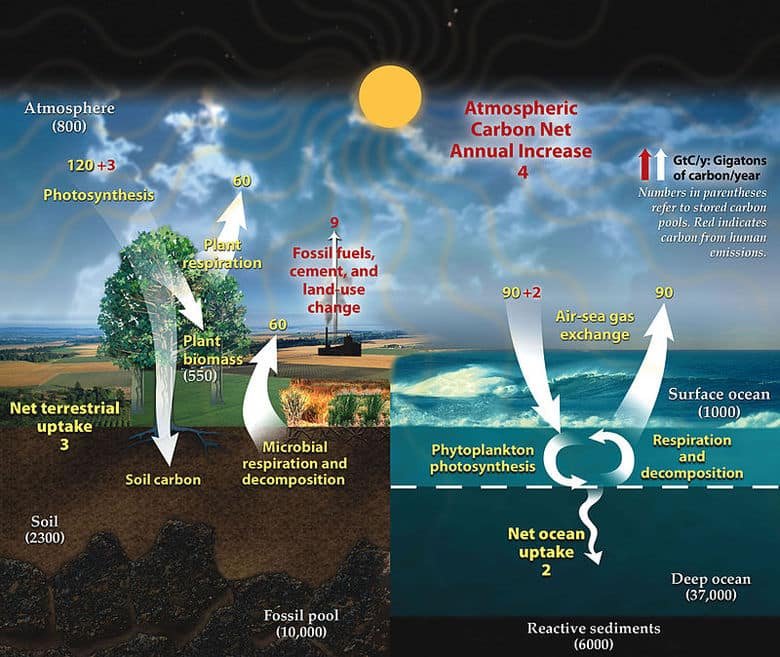GAIT Global, an Australian start-up, claimed that its new technology offers the only real-time carbon measurement right now.
GAIT’s technology uses artificial intelligence (AI) and spatial data to measure GHG in real-time. By doing so, the firm will help catalyze the global effort in fighting climate change.
The startup will start its operation this month. Its name is an acronym for “green artificial intelligence technology” or GAIT.
Its real-time CO2 measure combines atmospheric sensors and spatial data from satellites with its AI engine. The results offer real-time monitoring of GHG in the air.
The Science Behind Real-Time Carbon Measurement
Decades ago, scientists found that increasing CO2 levels in the atmosphere cause climate change. This increase is due to growing GHG emissions from fossil fuel burning (~75) and land-use changes (~25%).
About half of the emitted CO2 dissolves in the oceans or absorbs by the land’s biosphere. But the rest remains in the air, affecting the Earth’s radiation balance.
Getting an accurate measurement of this atmospheric CO2 was very challenging. In fact, the current method of measuring CO2 still relies mainly on physical sampling or getting soil samples using a shovel and taking it to a lab.
Such technology is very rudimentary, according to GAIT’s CEO and founder, Saurav Bansal. Bansal used to work in a cloud computing firm and a non-profit tech firm as a chief marketing officer.
GAIT’s advanced technology offers a revolutionary carbon measurement that nobody is doing.
GAIT’s Measurement Method: “Carbon Flux”
Bansal explains the accuracy of its real-time carbon measurement method by liking it to a balloon. This balloon holds a certain amount of gas and represents the area where a project measures the CO2 level.
Bansal said, “the existing technology or method calculates carbon inside the balloon subsequently. It gets the value on the 1st day, 1 month later, then after 3 months or 6 months, and so on.”
That’s not the case with GAIT’s technology. It took the science, the sensors, an AI, and a machine learning engine together. The results? It provides accurate and real-time carbon measurement according to Bansal.
Its technology measures the rate of the gas coming in and out of the balloon itself in real-time.
Accuracy + Versatility
The CEO further said that it’s not hard to prove the accuracy of their method as there are plenty of peer-reviewed studies that confirm it. This and the fact that it can get data at a 0.1 second resolution to 99% accuracy.
Also, the technology is very versatile. It’s capable of measuring carbon flux or the amount of net ecosystem exchange of gases between Earth’s carbon pools. This exchange refers to the carbon cycle as illustrated by the image below.

This means GAIT’s technology can measure carbon emissions and sequestration across carbon pools. These include the atmosphere, forests, oceans, soil/land, urban developments, and more.
While current carbon projects use various methods to measure CO2 for each area, GAIT’s method is applicable to all.
Hence, the startup envisions to be the global diamond standard of carbon measurement for all types of green projects.
And once it succeeds, it will earn revenues from percentages in carbon credits. More so it will revolutionize how carbon credit projects are done.

